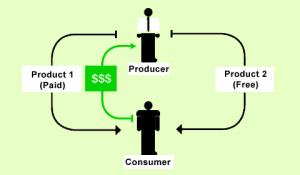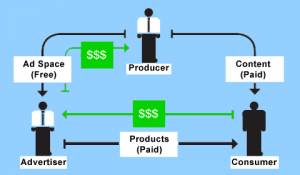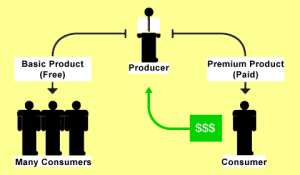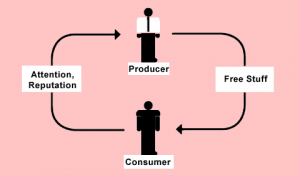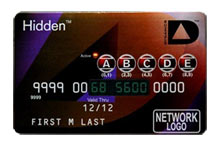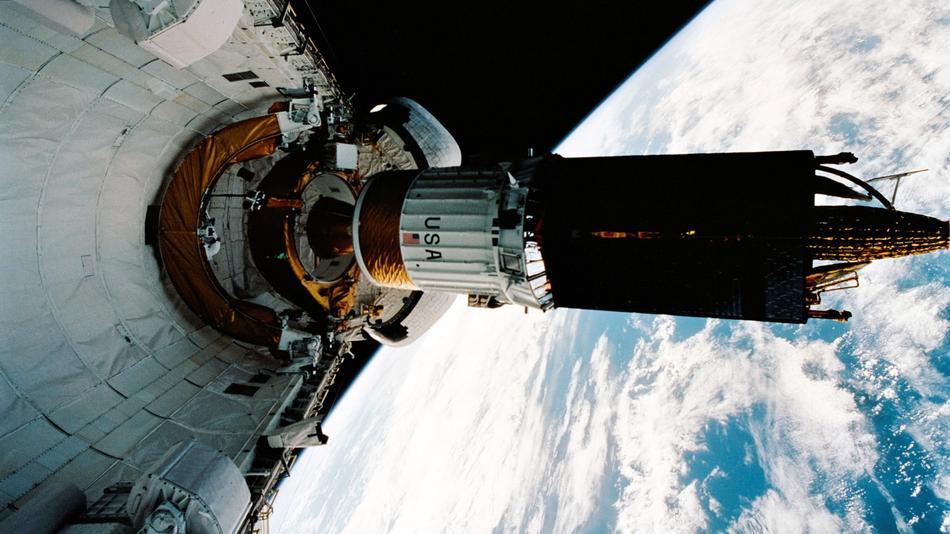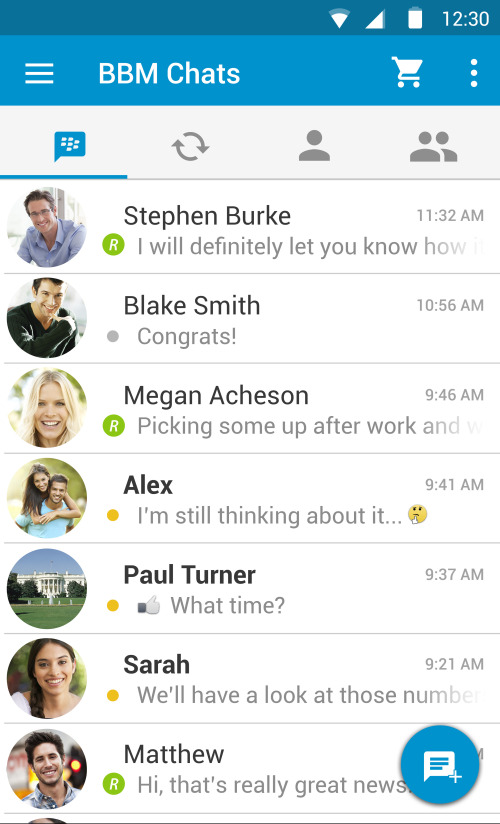By Joseph D. Lien. Thursday, 23. September 2010
You’ve heard that there’s no such thing as a free lunch, but on the Web, a lot actually is free. How can this be, and how is this sustainable?
Today, the cost of all aspects of computing have fallen to dramatically low levels which make the exchange of information practically free of any cost. The implications of this are many, but one very notable result is that we are now partaking in an economy where virtually all kinds of information and many services are available for free.
One who has an understanding of traditional matter-based business models knows that there’s not really such a thing as free. When you get a free razor or printer, you still have to pay a lot for the blades or the ink. But on the Web, free really does mean free. You’ve used Google services and it didn’t show up on your VISA statement. You can download Opera and no money will ever be requested from you.
Of course, even though information is practically free, money is still the lifeblood of any business, and it does cost companies money to set up services and develop software. So where does the money come from? How does free work?
Chris Anderson, the Editor-in-chief of Wired Magazine has written an excellent book on the subject called “Free: The Future of a Radical Price”
In Free, there are four basic business models described in which nearly all free services fit. It is interesting to consider how the cost of something is really subsidized when you use it, even if that cost is very small.
Direct Cross Subsidies
This is the oldest and most familiar model where the cost of one product is shifted into the price of another. That extremely cheap printer makes the manufacturer’s money back with the ink, or the cinema makes money on cheap movie night by selling expensive popcorn. Phone companies have long used this model and famously give away cell phones for free and make the cost back on service contracts.
The Three-Party Market
This is another very old business model that is tried and true in media. Essentially this means that advertising is used. A producer creates a product or content that is given away for free to the consumer. Money then comes from advertisers to the producer with the hopes that the consumer will eventually buy from the advertiser. (Hint: This is the main way that my employer keeps their desktop product alive. )
Freemium
In this model, content producers create a good, free service or content that people can use for free. But there is another, slightly better “premium” product or service available that people can pay for. In this model, the 10% who pay support the 90% who don’t pay. Flickr uses this model, for instance, allowing most people to use the site for free, but allowing people to pay to use advanced features. Skype also uses this type of model to allow people to call landline and mobile phones for a fee.
Non-Monetary Markets
The final model actually doesn’t really involve money very much at all. In this scenario, people are motivated by factors other than money – perhaps they get a good feeling from doing certain work, or they see the publicity and recognition they get as being good for the development of their career. Wikipedia is probably one of the most well known examples of a web site that is based around this model.
So there’s a summary of the main ways that free products can exist while sustaining their producers. Going forward, it seems likely that a lot of stuff on the Web and in life will be “free”, and that many variations of and extensions to these four business models will be embraced to allow people to make money while still providing it.







